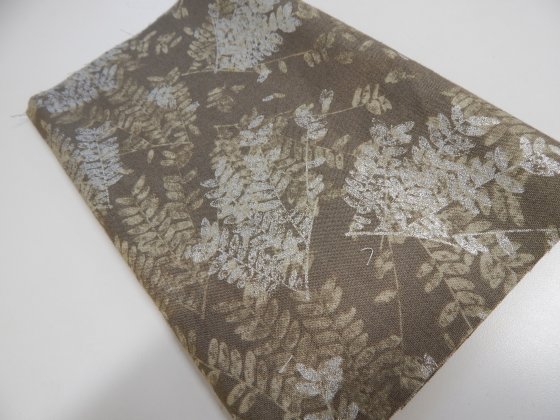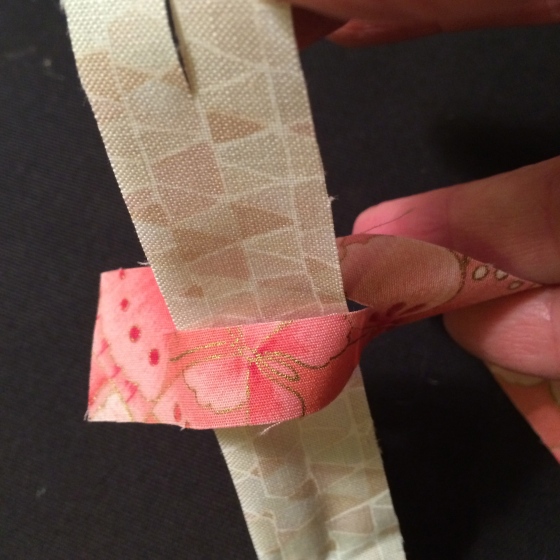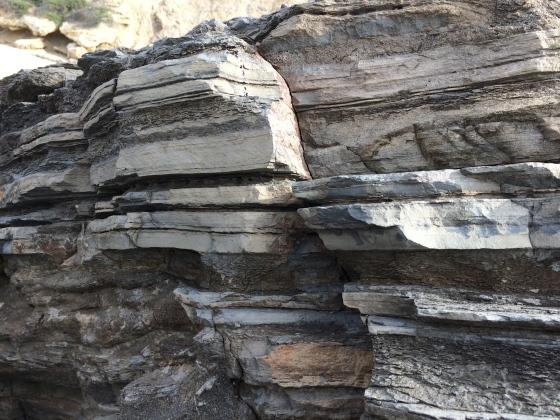Sometimes I go into the studio expecting one thing to happen, and the muse leads in a completely different direction. Yesterday I went in planning to work on my little snowball blocks. Just some boring, repetitive work (I like that sometimes.) But my featherweight sewing machine was set up on the desk. I remembered that I had set it up thinking that I might want to sew the snowball blocks with it. I decided that I wanted to use my big machine for that, but I hadn’t put the featherweight away. That made me think of my little squares.
Once a month I get together with my sewing group. And for the last couple of years, I have spent that day putting together nine patch blocks, using one particular Loni Rossi fabric as a focus fabric for them. Here’s that focus fabric. I am just in love with it, and wish I could get more. It was actually on sale, and I bought one yard. Then a friend was going back to that store, and I asked her to get me more. They only had a yard and a half left. So I used about 2 yards just making the little nine patches.
So yesterday I started looking through my collection of nine patch blocks, and the sixteen patch blocks (18″ blocks) that I had constructed from them. Sigh. I only had nine of those dang blocks. This was going to take another two years at this rate. I went into the closet to see if I had some more of the big sixteen patch blocks stashed somewhere in there. I didn’t find any, but I did find the bin of all the blocks I had constructed from my two inch blocks over the years. There were some little 16 patch blocks and some little 25 patch blocks. Some of them were hand-pieced, and some of them had some vague pattern work going on on them. Others were just completely scrappy. I was beginning to warm to the idea of using all these blocks that might never find a home otherwise. My original inspiration was an antique quilt, and isn’t that what it seemed like was often done–midway through a quilt, the color might change a bit, as they ran out of one fabric and made do with what they had on hand.
Hmmmm. What if I were to use all these blocks to supplement my nine patch blocks. I wonder if there would be enough to make a quilt top. So I started fooling around with them on the design wall. I counted the nine patches I still had, and there were enough to make three more of the big sixteen patch blocks. That way I could put a grid of 3X4 big blocks in the center of the quilt. I still had some of the Lonni Rossi focus fabric left. If I outlined these blocks with the focus fabric, maybe that would make sense of the quilt. I laid out the small 16 patch blocks and the 25 patch blocks around the quilt, and I had enough to make a complete top!
And that is what happened in the studio yesterday. Finished size is about 68″ X 88″. And in case you’re going to ask (several friends have already asked) there are about 2,867 little blocks in this quilt.
Of course, I still have a full box of little two inch squares…

































